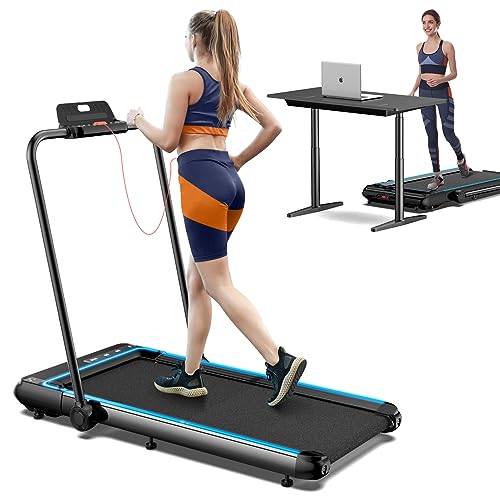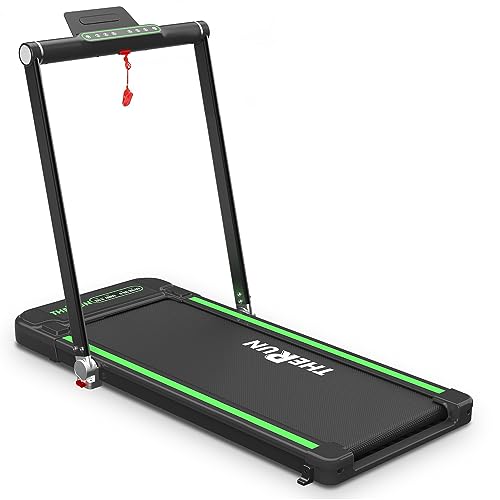This company has no active jobs
0 Review
Rate This Company ( No reviews yet )
About Us
Ten Common Misconceptions About Tread Mill That Don’t Always Hold
The Treadmill: A Comprehensive Guide to Understanding and Utilizing This Fitness Machine
Treadmills are a staple in gyms and homes alike, acting as an effective tool for cardiovascular workout. With their adaptability and variety of functions, treadmills cater to users of all fitness levels. This article dives into the ins and outs of treadmills– covering their advantages, types, usage pointers, maintenance, and much more.

The Benefits of Using a Treadmill
Using a treadmill can supply numerous health advantages, making it a popular choice among physical fitness lovers. Below are some key advantages:

-
Cardiovascular Health: Regular treadmill usage can improve heart health by increasing aerobic capability and cardiovascular endurance.
-
Weight Management: Treadmills allow users to burn calories effectively, assisting in weight loss or management.
-
Convenience: With the capability to exercise indoors, treadmills For Cheap remove environmental barriers, like weather and time restrictions.
-
Flexibility: Users can manage speed, slope, and workout duration, allowing them to customize their workout regimen to fit their needs.
-
Joint Impact: Many modern treadmills offer cushioning, which can decrease the influence on joints compared to working on hard surface areas.
This detailed guide examines the different types of treadmills and what functions to think about when buying one.
Types of Treadmills
Choosing the best type of treadmill depends upon individual fitness objectives, budget plan, and readily available space. Here are the various ranges:
1. Manual Treadmills
- Meaning: These treadmills run without motors; users power the belt through their motions.
- Advantages: Typically more affordable and energy-efficient.
- Drawbacks: Limited functions and less stability compared to motorized options.
2. Motorized Treadmills
- Meaning: Equipped with motors to control belt speed and incline.
- Benefits: Versatile includes like predetermined programs and digital displays.
- Drawbacks: More pricey and require electric outlets.
3. Folding Treadmills
- Meaning: Treadmills that can be collapsed to save area when not in usage.
- Benefits: Ideal for those with minimal area.
- Disadvantages: May not be as tough, depending upon the design.
4. Industrial Treadmills
- Definition: High-quality, durable machines developed for frequent usage in health clubs.
- Advantages: Built to endure strenuous exercises with features matched for varied training needs.
- Drawbacks: Generally more expensive and larger.
5. Smart Treadmills
- Meaning: Treadmills geared up with clever innovation that tracks workouts and offers virtual training.
- Benefits: Interactive functions enhance the user experience.
- Drawbacks: Higher costs and prospective for technical issues.
Functions to Consider When Buying a Treadmill
When purchasing a treadmill, it’s important to assess its functions according to individual requirements and budget plan. Essential features consist of:
-
Motor Power: Measured in horsepower (HP); a motor in between 2.0– 3.0 HP appropriates for most users.
-
Running Surface: The belt size should accommodate your stride. A surface area of a minimum of 20″ x 55″ is usually suggested.
-
Slope Options: Look for a treadmill offering numerous incline levels to mimic outside running and boost exercise intensity.
-
Weight Capacity: Ensure the treadmill can support the user’s weight; most can accommodate weights between 250 pounds and 400 lbs.
-
Cushioning: Good quality cushioning effects walking or running comfort and can assist avoid injuries.
-
Foldability: If space is a problem, think about a treadmill that can be folded.
-
Innovation: Features like heart rate displays, exercise programs, and Bluetooth connectivity can improve the user experience.
Table: Key Features and Considerations
| Feature | Value |
|---|---|
| Motor Power | Vital for consistent performance and user weight capability. |
| Running Surface | Impacts user comfort and stride length; larger surfaces are better for taller individuals. |
| Incline Options | Makes it possible for diverse exercises and targets various muscle groups. |
| Weight Capacity | Crucial for safety and durability; select a model that supports your weight. |
| Cushioning | Reduces joint effect and makes exercises more comfy. |
| Foldability | Important for users with restricted space. |
| Innovation | Improves exercise experience and can use important tracking information. |
Tips for Effective Treadmill Workouts
To optimize the benefits of using a treadmill, consider the following suggestions:
-
Warm-Up and Cool-Down: Always begin with a 5-10 minute warm-up and surface with a cool-down to avoid injury.
-
Vary Your Workouts: Mix walking, running, and running to keep things fascinating and work different muscle groups.
-
Include Incline: Use incline settings to challenge yourself and increase calorie burn.
-
Stay Hydrated: Keep water nearby to stay hydrated throughout your exercises.
-
Listen to Your Body: Pay attention to any pain or fatigue; rest when necessary.
Treadmill Maintenance Tips
To make sure durability and optimum efficiency of a treadmill, routine maintenance is crucial. Key upkeep practices consist of:
-
Lubrication: Frequently oil the running belt for smoother operation.
-
Cleaning: Wipe down the machine after each usage to avoid dust and sweat accumulation.
-
Tightening up: Regularly examine and tighten loose bolts or screws.
-
Inspect the Belt Alignment: Ensure the belt is lined up effectively, changing as needed for even use.
Frequently Asked Questions (FAQs)
1. How often should I utilize a treadmill for weight loss?
Utilizing a treadmill for a minimum of 150 minutes of moderate-intensity aerobic exercise each week can contribute to weight-loss.
2. Can I stroll on a treadmill every day?
Yes, walking on a treadmill daily can be useful; nevertheless, including rest days is recommended to avoid overuse injuries.
3. What should I wear when using a treadmill?
Go with comfy, moisture-wicking clothing and supportive footwear to enhance your exercise experience.
4. Is it much better to walk or operate on a treadmill?
Both walking and running offer special advantages; the best option depends upon your fitness level, objectives, and personal choice.
5. Exist specific treadmills designed for little areas?
Yes, folding treadmills and compact styles appropriate for little areas. Always inspect measurements before acquiring.
The treadmill remains a versatile and widely used piece of fitness equipment. Its blend of benefit, flexibility, and efficiency makes it appropriate for users ranging from newbies to seasoned athletes. By understanding the various types and functions, in addition to including different workouts, users can maximize the advantages of their treadmill regimen. Whether for cardiovascular training, weight loss, or merely keeping an active way of life, treadmills provide a reputable opportunity for accomplishing fitness objectives.
